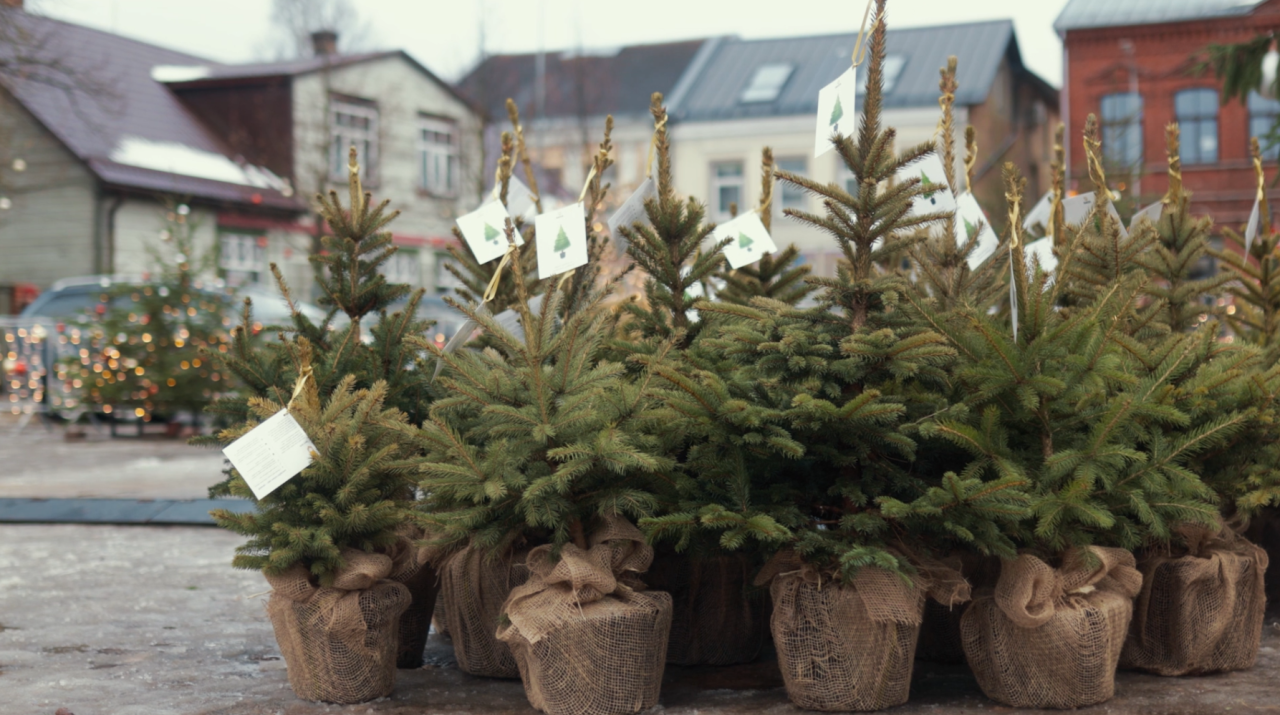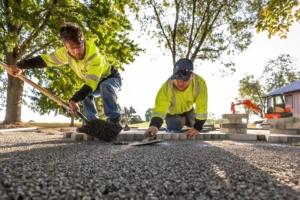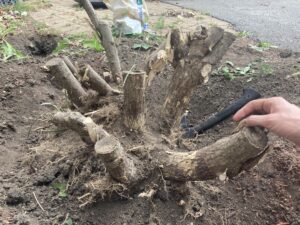Can You Replant a Christmas Tree? A Complete Guide to Giving Your Tree a Second Life
There’s something magical about bringing a live Christmas tree into your home during the holiday season. The fresh pine scent, the natural beauty, and the tradition of selecting just the right tree all contribute to cherished memories. But as the season ends, many environmentally conscious households face a dilemma: what happens to that beautiful tree after the decorations come down?
If you’ve been wondering whether you can replant your Christmas tree and give it a second life in your yard, you’re asking a thoughtful question with a nuanced answer. The short answer is yes, sometimes—but success depends on several critical factors including the type of tree, how it was prepared for sale, and your approach to replanting.
Understanding Christmas Tree Types and Their Replanting Potential
Not all Christmas trees are created equal when it comes to replanting potential. The first step in determining whether your tree can be replanted is identifying what type of tree you have.
Potted vs. Cut Trees: The Fundamental Difference
The most important factor determining whether you can replant your Christmas tree is whether you purchased a potted (or container-grown) tree or a cut tree.
Potted Christmas Trees
Potted Christmas trees are sold with their root systems intact, usually in a container or with the roots wrapped in burlap (known as “balled and burlapped” or B&B trees). These trees have been grown specifically to be transplanted and have their root systems mostly intact. When properly cared for during the holiday season, these trees have a good chance of survival when replanted.
Cut Christmas Trees
Traditional cut Christmas trees, which make up the vast majority of Christmas trees sold in the United States, have been severed from their root systems. Despite what you might have heard, cut Christmas trees cannot be replanted. Once a tree has been cut down, it cannot regrow roots and establish itself in the soil again. Any suggestion that you can replant a cut tree is, unfortunately, misinformation.
According to the United States Department of Agriculture’s Forest Service, “Cut Christmas trees cannot be replanted because they no longer have roots.” The USDA Forest Service provides extensive information about Christmas tree care and disposal at their website: https://www.fs.usda.gov/managing-land/forest-products/christmas-trees.

Common Christmas Tree Species and Their Replanting Success Rates
If you have a potted tree, your chances of successful replanting depend partly on the species. Here’s how common Christmas tree varieties fare when replanted:
| Christmas Tree SpeciesReplanting Success RateClimate ZonesNotable CharacteristicsNorway SpruceMedium to High3-7Fast-growing, but sensitive to indoor heatBlue SpruceHigh2-7Excellent survival rate, slow growthDouglas FirMedium4-6Requires careful transition to outdoorsFraser FirLow to Medium4-7Challenging to replant successfullyWhite PineMedium3-8Adapts well but needs gradual reintroductionLiving Norfolk PineVery Low10-11Not suitable for outdoor replanting in most US regionsLeyland CypressHigh6-10Good for southern regions, quick growthArizona CypressHigh7-11Drought-tolerant, good for western states |
|---|
The Complete Guide to Replanting Your Potted Christmas Tree
If you’ve purchased a living Christmas tree with its root system intact, you have a good chance of successfully replanting it. However, the process requires planning both before and after the holidays.
Before Christmas: Preparing Your Living Tree for Indoor Display
Your tree’s survival begins with how you handle it before it even becomes a Christmas decoration.
1. Limit Indoor Time
The biggest challenge for replanting is the shock a tree experiences when moving from outdoor temperatures to warm indoor conditions and back again. Ideally, keep your living Christmas tree indoors for no more than 7-10 days. The longer it stays in your warm home, the more likely it will break dormancy and begin active growth, making it vulnerable when returned outdoors.
2. Choose the Right Location
While indoors, place your tree away from heat sources like fireplaces, heaters, and even heat vents. The cooler you can keep your tree while indoors, the better its chances of survival when replanted.
3. Maintain Root Health
Keep the root ball moist but not waterlogged. Place the container on a waterproof tray with pebbles to catch excess water and provide humidity. Check moisture levels daily—indoor heating systems can quickly dry out your tree.
4. Minimize Decorations
Consider using fewer lights (which generate heat) and lighter ornaments to reduce stress on the tree. LED lights are preferable as they produce less heat than traditional incandescent lights.
After Christmas: The Replanting Process
Once the holiday season ends, follow these steps to give your tree the best chance of survival in its new outdoor home.
1. Gradual Transition
Don’t immediately move your tree from a warm house directly into freezing outdoor temperatures. Instead, place it in an unheated but protected area like a garage or shed for 3-7 days. This allows the tree to readjust gradually to cooler temperatures.
2. Choose the Right Planting Location
Before the ground freezes, identify an appropriate planting location for your tree. Consider:
- The mature size of the tree (many Christmas tree varieties grow quite large)
- Sunlight requirements (most evergreens prefer full sun)
- Distance from structures (plant at least 15-20 feet from your home’s foundation)
- Underground utilities (always call 811 before digging)
- Soil drainage (most evergreens prefer well-draining soil)
3. Prepare the Planting Hole
If you live in an area where the ground freezes in winter, consider digging your planting hole in late fall before the ground freezes and covering it with mulch. Otherwise, wait until the ground thaws naturally.
Dig a hole approximately twice the width of the root ball but no deeper than the root ball itself. Remember: planting too deeply is a common cause of tree failure.
4. Planting Process
- Remove any decorative foil or plastic wrapping from the container
- Carefully remove the tree from its container or burlap wrapping
- If the roots are circling in the container, gently loosen them to encourage outward growth
- Place the tree in the hole, ensuring the top of the root ball is level with or slightly above the surrounding soil
- Backfill with the original soil, tamping gently to remove air pockets
- Create a water basin around the tree by forming a ring of soil a few inches high
- Water thoroughly after planting, even if the ground is cold
- Apply 2-3 inches of mulch around the base of the tree, keeping it 2-3 inches away from the trunk
5. Aftercare
Your newly planted tree will need consistent care through its first year:
- Water regularly during dry periods, especially during its first spring and summer
- Protect from harsh winter sun and winds with burlap screens if necessary
- Consider applying an anti-desiccant spray to needles to prevent winter drying
- Avoid fertilizing until the tree shows signs of new growth
Regional Considerations for Replanting Christmas Trees
Your location within the United States significantly impacts your replanting strategy and chances of success.
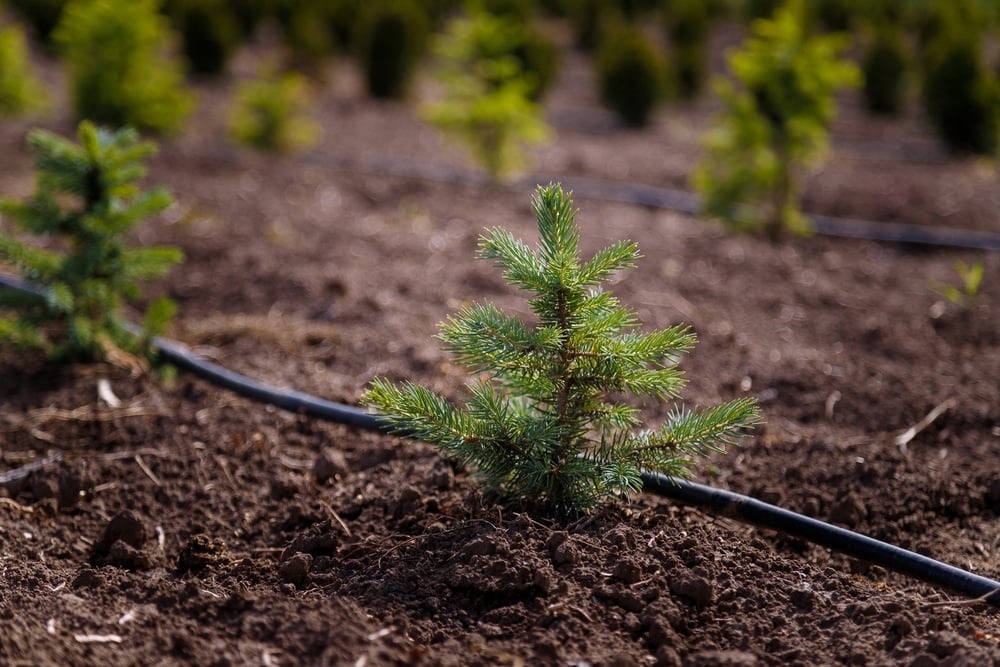
Northern States
In colder regions (USDA zones 3-5), the primary challenge is protecting the newly planted tree from extreme cold and winter desiccation. Some tips for northern gardeners:
- Plant on the north or east side of buildings to provide protection from winter sun that can cause damaging freeze-thaw cycles
- Apply mulch more heavily (3-4 inches) to insulate roots
- Consider wind barriers during the first winter
- Choose cold-hardy species like Blue Spruce or White Pine
Southern States
In warmer regions (USDA zones 8-10), heat tolerance becomes the primary concern. Consider these approaches:
- Choose heat-tolerant species like Leyland Cypress or Arizona Cypress
- Provide afternoon shade during the first summer
- Ensure excellent drainage, as many evergreens are susceptible to root rot in warm, wet conditions
- Mulch to keep roots cool and conserve moisture
- Water more frequently during establishment
Western States
The arid conditions of many western states present unique challenges:
- Select drought-tolerant species appropriate for your specific region
- Consider drip irrigation for efficient water delivery
- Apply mulch extensively to conserve soil moisture
- Plant in late fall or early winter to take advantage of seasonal rains
Alternative Options When Replanting Isn’t Possible
If you have a cut tree or your potted tree didn’t survive the replanting process, there are still environmentally friendly ways to dispose of your Christmas tree.
Mulching and Composting
Many municipalities offer Christmas tree recycling programs that chip trees into mulch for public use. This mulch is often used in parks and community gardens. Alternatively, you can have your tree chipped for use in your own garden. Evergreen needles make excellent mulch for acid-loving plants like blueberries, rhododendrons, and azaleas.
Wildlife Habitat
In rural areas, old Christmas trees can be placed in backyards or wooded areas to provide shelter for birds and small mammals. Some conservation organizations even collect Christmas trees to create fish habitats in lakes and ponds.
Erosion Control
In coastal areas, Christmas trees are sometimes used in dune restoration projects or placed along riverbanks to prevent erosion.
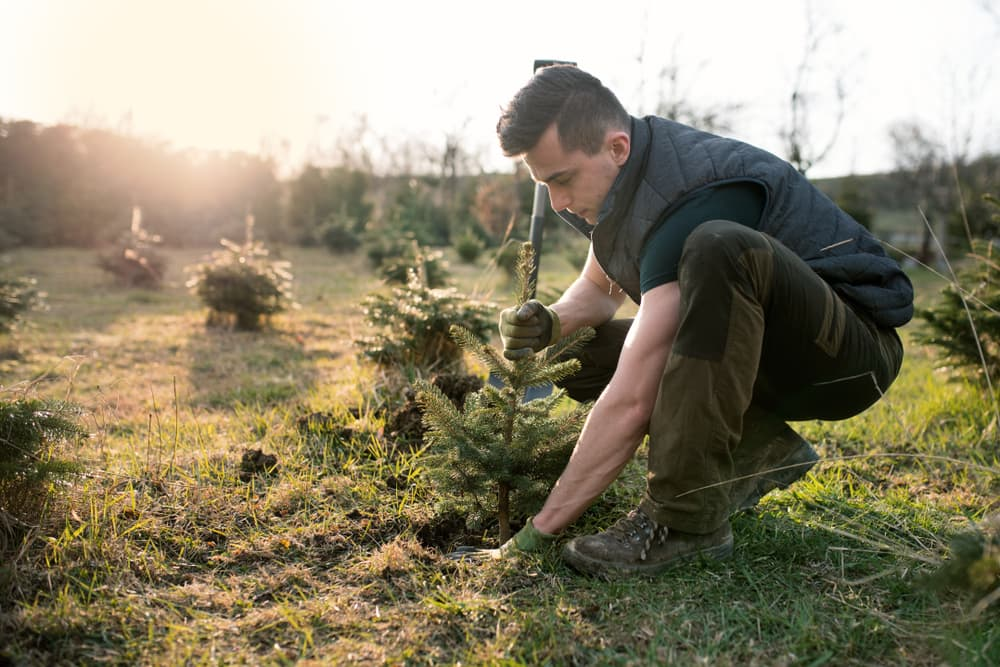
Making the Most Sustainable Choice Next Year
If you’re committed to having a replantable Christmas tree, consider these options for your next holiday season:
Pre-Planning Your Purchase
- Research local nurseries that specialize in living Christmas trees
- Select species native to your region, which will have better adaptation to local conditions
- Consider smaller trees (3-4 feet tall), which have a higher transplant success rate than larger specimens
- Purchase your tree early and keep it in a transitional location (like a garage) before bringing it indoors
The Rent-a-Tree Option
An increasingly popular option in many areas is Christmas tree rental services. These businesses deliver potted trees for the holiday season and then retrieve them afterward, either replanting them in their nursery or in community reforestation projects. This provides the experience of a real tree without the responsibility of replanting.
Growing Your Own Christmas Trees
For those with sufficient land, growing your own Christmas trees can be a rewarding long-term project. Plant several trees of different ages, and you can potentially harvest one each year while maintaining your personal Christmas tree farm.
Conclusion: A Living Legacy from Your Christmas Celebration
Successfully replanting a Christmas tree requires planning, care, and a bit of horticultural knowledge. While not every tree can be replanted, choosing a living tree with an intact root system gives you the opportunity to create a growing legacy from your holiday celebrations.
Whether your replanted Christmas tree thrives for decades or you choose alternative eco-friendly disposal methods, making conscious choices about your holiday traditions reflects a commitment to sustainability that extends well beyond the Christmas season. The extra effort involved in properly caring for and replanting a living Christmas tree can transform a temporary holiday decoration into a permanent part of your landscape—a living reminder of holiday memories that will grow and mature alongside your family.
By understanding the limitations and requirements of replanting Christmas trees, you’re taking an important step toward more sustainable holiday traditions. Even small changes in how we approach our celebrations can collectively make a significant positive impact on our environment for generations to come.
